Kay Wong ‘cures’ fashion industry with sustainable design

Author : Kelvin Lai
Translation : Trinity Chan
Translation : Trinity Chan
In this era with abundant material resources, people are accustomed to throwing away broken things instead of repairing them. This is especially true when it comes to clothing – under the influence of fast fashion, cheap clothes of new styles are constantly being introduced into the market to drive us to keep buying new clothes. We have way too many materials and we start to throw away the unused ones, which all end up going to waste.
“In fact, creative work does not necessarily produce a lot of waste. Each of us has too many resources and the leftover materials are actually enough for making new products.” Kay Wong, a designer, closed down her fashion company Daydream Nation a few years ago, which had been operated for 10 years. She admits that she thought the fashion industry was very sick, with fast fashion slowly occupying the entire market. As she felt her work back then had deviated from the original purpose of creative work, she decided to put aside the work and live a slow life overseas for a year.
The minimalist lifestyle of foreigners has inspired her. After returning to Hong Kong, she decided to change her lifestyle and the direction of designing clothes. In addition to not buying new clothes, she also uses leftover materials for her creative works as much as possible. She thinks every industry, not only the fashion industry, is producing too much waste. Instead of discarding these materials, it is better to reuse them for creative work so as to reduce waste. She also feels that foreigners have a higher environmental awareness than Hong Kong people in general and people seldom use recycled materials for creative work in Hong Kong, so she believes that it is more meaningful to come back to Hong Kong to work on ‘sustainable design’. Keeping the original company name and adding elements of “designing for tomorrow”, she founded Tomorrow by Daydream Nation.
Repair, reshape and redesign
“The fashion industry should be a circular cycle, but the traditional method has always been a linear path – manufacturing, selling and buying, and then dumping in landfills. I hope this can be changed,” says Kay. After she switched to sustainable design, fashion design is still one of her focuses. She hopes to ‘cure’ this morbid fashion industry, so she founded Fashion Clinic, which mainly does clothing repair, reshape and redesign. Not only does she ‘cure’ clothes for individuals, but she also cooperates with different clothing brands to transform leftover materials and unsellable products into new products, in the hope of reducing waste and promoting sustainable design through these brands. She also holds workshops to deepen the public’s understanding of sustainable design by teaching participants to repair and redesign their own clothes.
Sustainable design is the only way out
Apart from sustainable fashion design, Kay and her team also do sustainable design in other fields, such as sustainable design of products, spaces and homewares. She wants her creative works to have higher functionality and a longer lifetime. For that, they have introduced a machine that can turn fabric scraps into new pieces of cloth, which are then used to make homewares such as pillowcases. She has also taken part in a project that integrates art and scientific research, weaving cloth decorations with recycled fabrics for a marine laboratory that uses oysters to purify seawater. She believes that sustainable design needs to be applied to different industries, and her company itself is more like a consulting firm for solving problems, which helps different brands to change their normal practice and reuse materials, with the mission to help save our deteriorating environment through design.

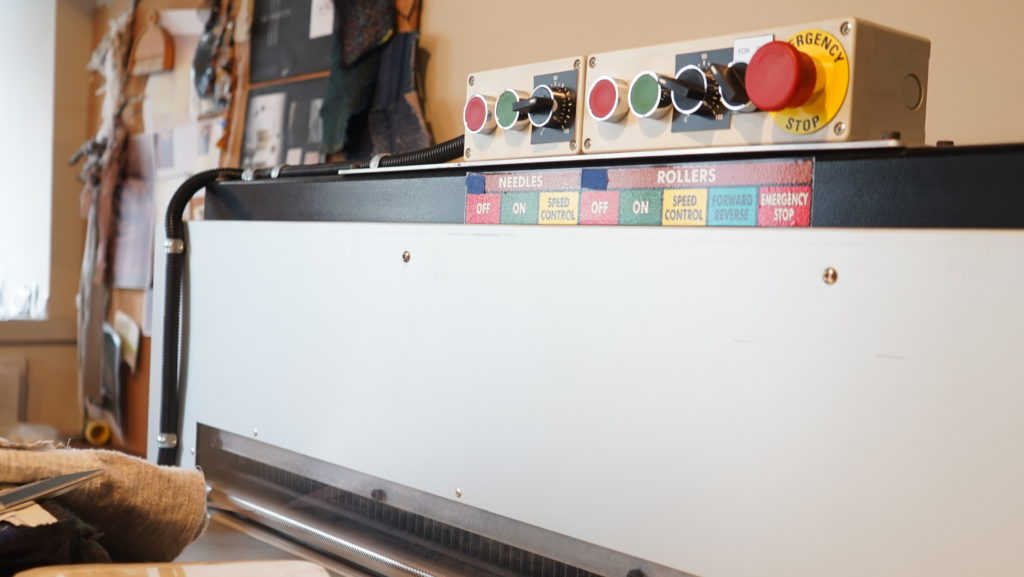
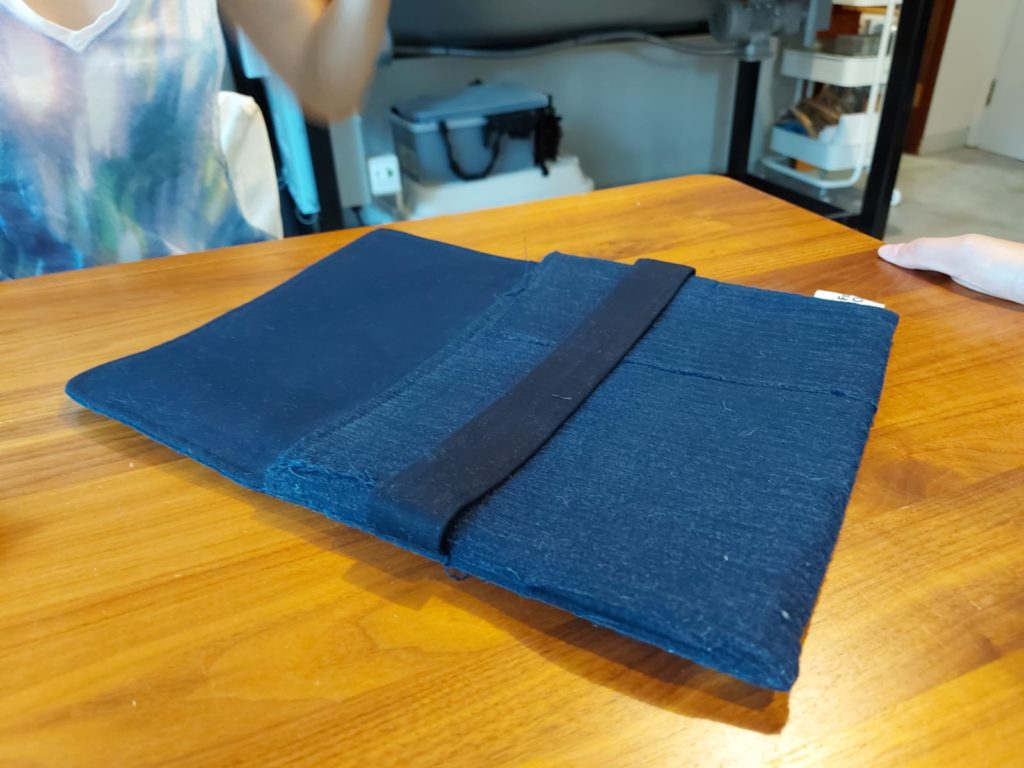
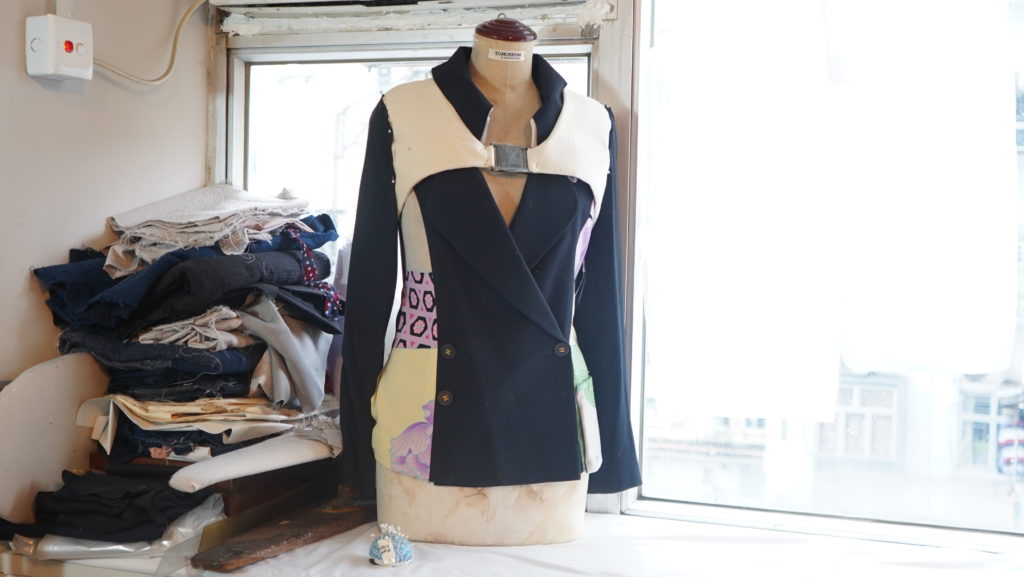
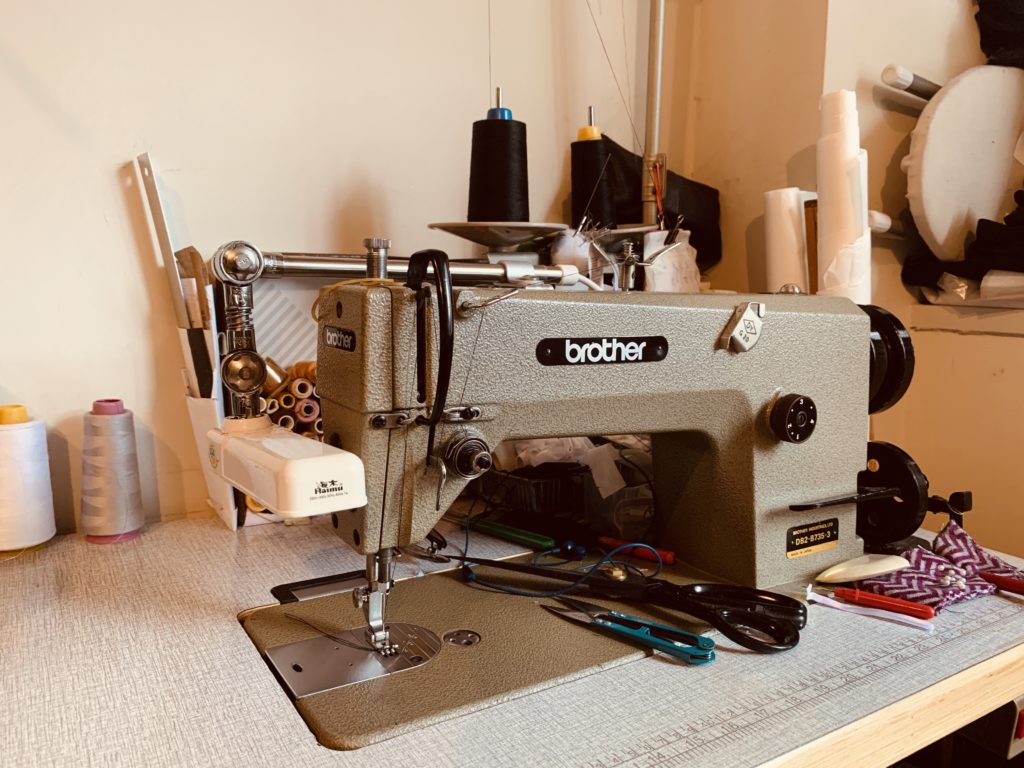
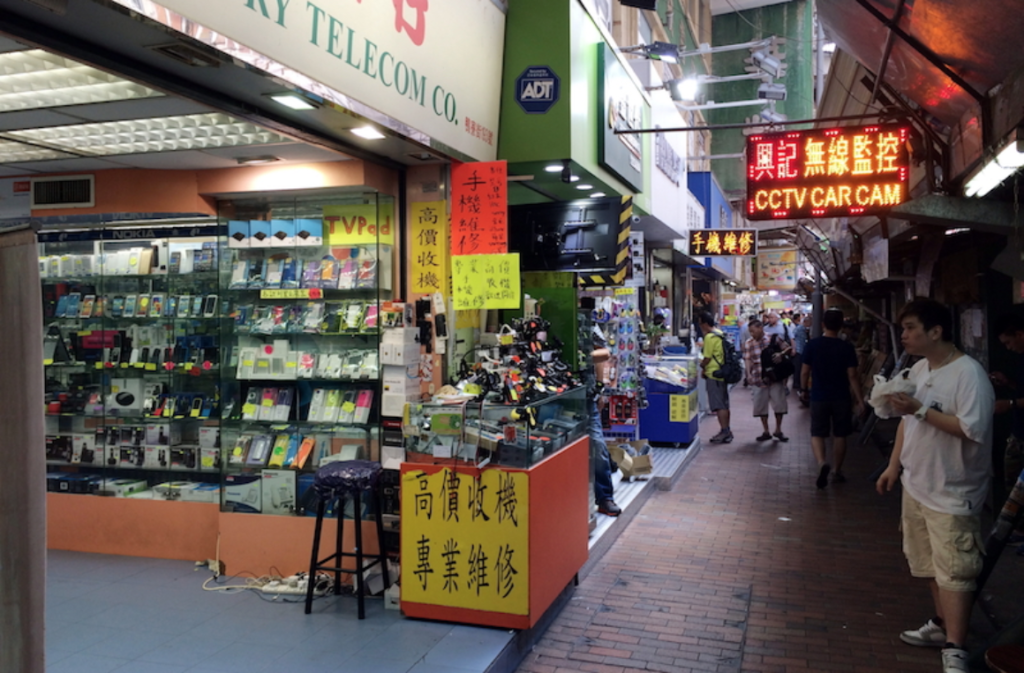
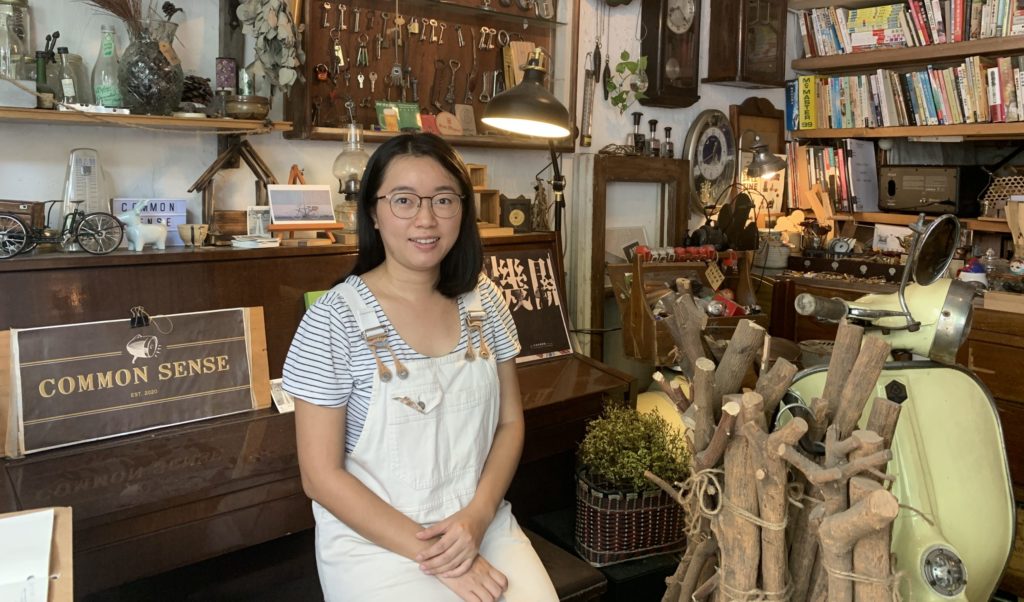
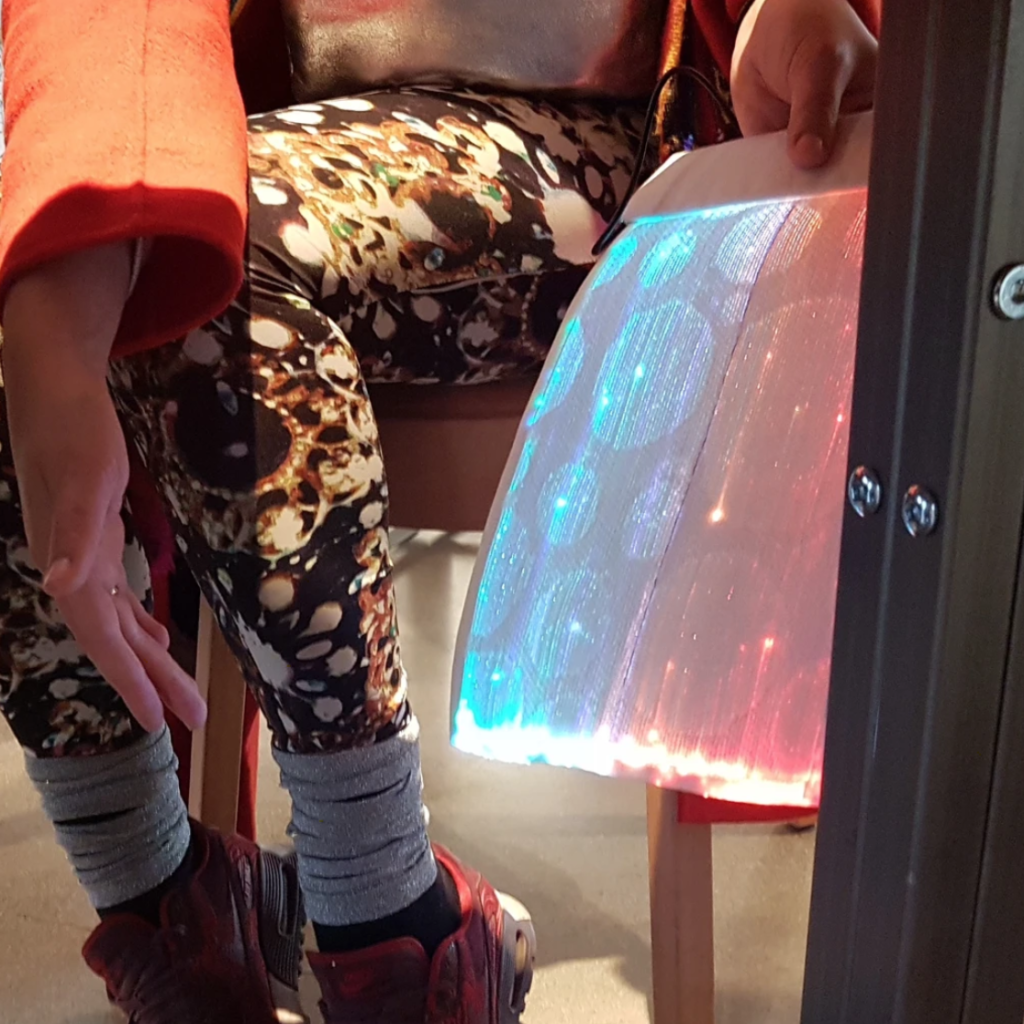
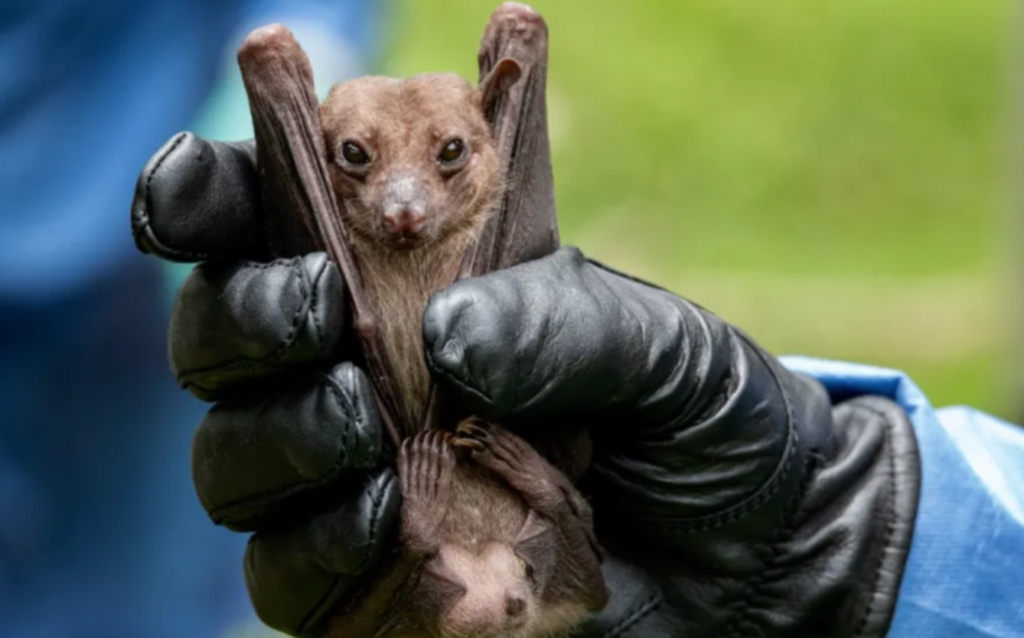

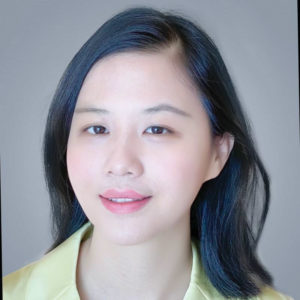
Responses